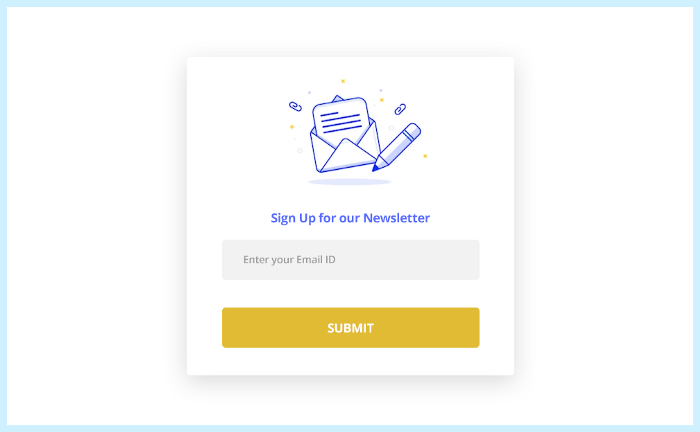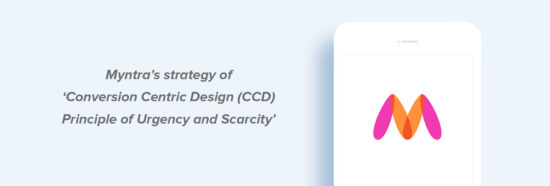When users land on a website, the first thing they do is understand the product or service sold by that particular website, and try getting familiar with it’s interface. Most users, who are familiar with a particular website, have certain methods which they use to hover around the interface, thus helping them receive information quickly.
Humans, in general, tend to get distracted easily when something or someone disturbs our attention. For example, be it reading a book or watching your favorite sitcom, disturbing someone can get any individual annoyed. When it comes to the digital world, we react the same way. The most recent example of getting distracted easily while consuming digital content are YouTube or Facebook Ads. The swiftness at which we take to press SKIP on such a video (not more than a SECOND!) will surely go down in history.
The message that I am trying to convey is here that, when it comes to a business marketing objective, there are multiple ways & mediums to promote the same. Emailers, promotional messages, Google Ads, social media mediums, etc. are few examples that are used to reach out to our customers. Similarly, when it comes to visiting a website, imagine you are trying to make your way through the features or services and suddenly a pop-up appears forcibly informing you about another service or product. It is bound to get the user distracted since he/she wasn’t notified about such an instance happening. This could result in the user’s exit of that website on account of the sudden pop-up.
One of the best practices to implement pop-ups is by adding a toast at the bottom of the page with appropriate communication methods that would appear once the website loads completely. AB testing plays an important role here as it could deliver data about the number of users who are in need of such information. Once you achieve that, understand the objective of the information that you would be collecting from the lead forms, and implement it accordingly.



